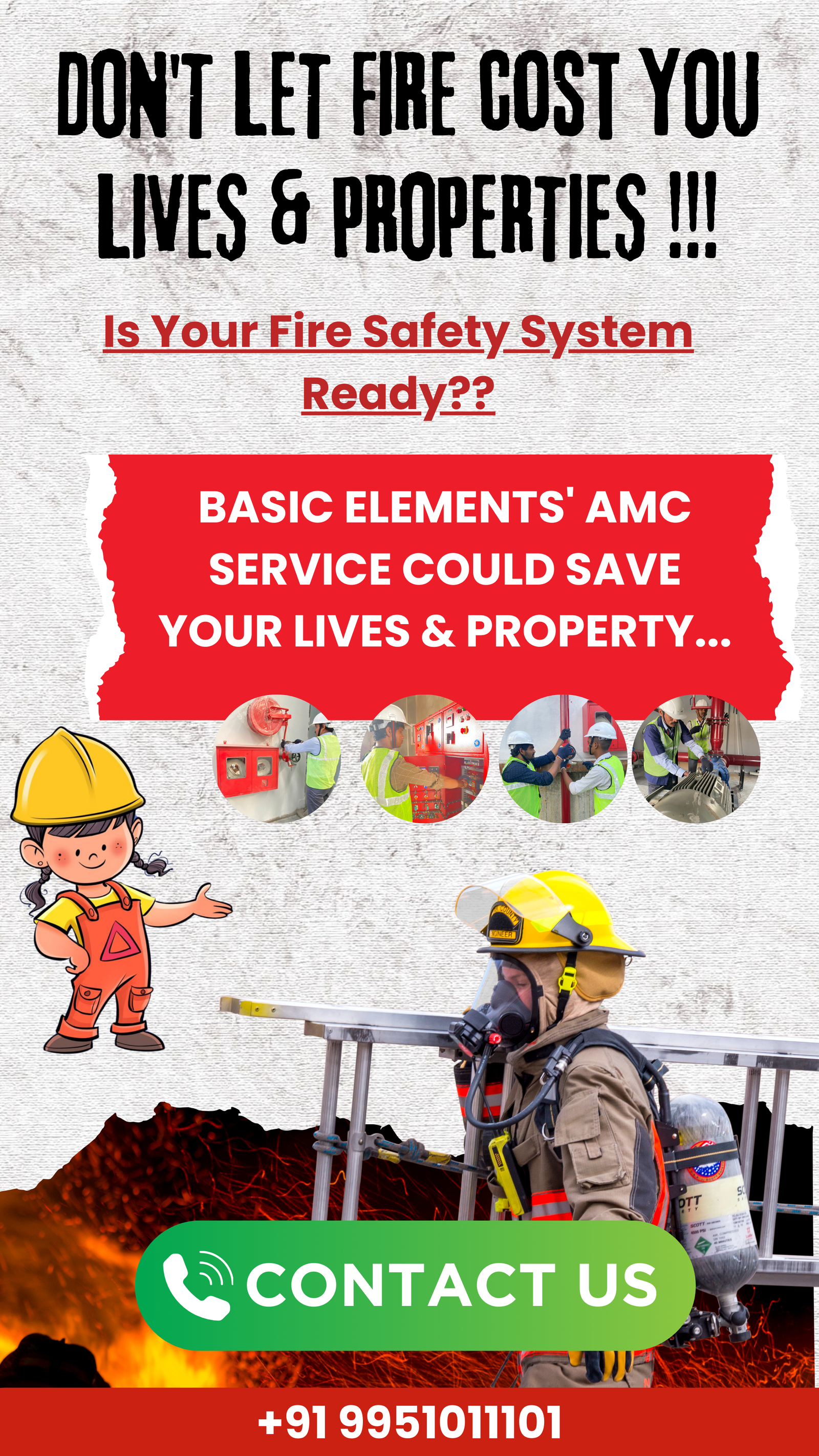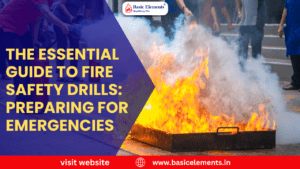Understanding and implementing Workplace Emergency Evacuation Procedures An effective plan delineates steps to follow during crises like fires, natural disasters, or hazardous scenarios. Key elements include clear evacuation instructions, designated routes and assembly points, and protocols for accounting for all occupants post-evacuation. Regular drills are crucial to familiarize everyone with procedures and ensure swift responses in real emergencies.
Evacuation protocols should be customized to workplace risks, regularly reviewed, and updated. By focusing on preparedness and adherence to procedures, organizations can reduce risks and safeguard their employees in times of crisis.
Creating an Effective Workplace Emergency Evacuation Procedures for Your Workplace Emergency
- Emergency Checklist: Make a detailed list of what to do in an emergency – like how to alert everyone, turn off equipment, and get out safely.
- Safety Guidelines: Tell all employees the safety rules for different emergencies, like fires or spills.
- Evacuation Map: Draw clear maps showing the best ways to leave different parts of the building. Put them up where everyone can see.
- Meeting Spot: Choose a spot outside for everyone to meet after leaving the building. This helps keep track of everyone and make sure they’re safe.
- By including these in your plan, you’ll be ready for emergencies and can protect your people and property. Remember to update the plan when things change.
Training Employees on Workplace Emergency Evacuation Procedures
Training employees in emergency evacuation procedures and drills is vital for workplace safety. Regular training sessions help prepare staff to respond effectively to emergencies, covering scenarios like fire evacuations, natural disasters, and other threats. It’s crucial to educate employees on recognizing alarm signals, evacuating safely, and staying calm under pressure.
Practice drills familiarize employees with evacuation routes and emergency procedures, reinforcing protocols and ensuring everyone knows what to do in an emergency. Investing in employee safety training and regular drills fosters a culture of preparedness, safeguarding both employees and the business.
Key Roles and Responsibilities During an Emergency Evacuation
- .Safety wardens guide individuals to safety exits for prompt evacuation.
- Floor captains organize evacuation on their designated floor or area.
- First aid responders offer medical assistance to injured individuals.
- Communication coordinators relay crucial information to keep everyone informed and calm during emergencies.
- These roles collaborate for a swift and safe evacuation process for all involved.
Regular Maintenance and Review of Workplace Emergency Evacuation Procedures Plans
Regular maintenance and review of workplace emergency evacuation plans are vital to ensure employee safety during emergencies. This process includes updating risk assessments, assessing drill reports, and adjusting evacuation routes and procedures as required. Through consistent reviews, organizations can pinpoint any environmental or operational changes that might affect emergency response plans.
Keeping these plans current helps guarantee that employees are well-prepared to react efficiently in emergencies. It’s crucial to schedule regular drills and exercises to assess the evacuation plans’ effectiveness and make adjustments based on the outcomes. By continually reviewing and updating emergency evacuation plans, organizations can preemptively address potential risks and enhance safety protocols for all employees.
In conclusion
Making sure your workplace is safe and ready with a solid Workplace Emergency Evacuation Procedures is key. By spotting risks, setting clear protocols, training your team, and practicing drills regularly, you can reduce the impact of emergencies and keep your staff safe. A well-prepped team boosts safety and strengthens your business in unexpected situations. We at Basic Elements are at the forefront of management solutions in for any Workplace Emergency Evacuation Procedures.
Follow us over Social Media : Facebook








Comments are closed.